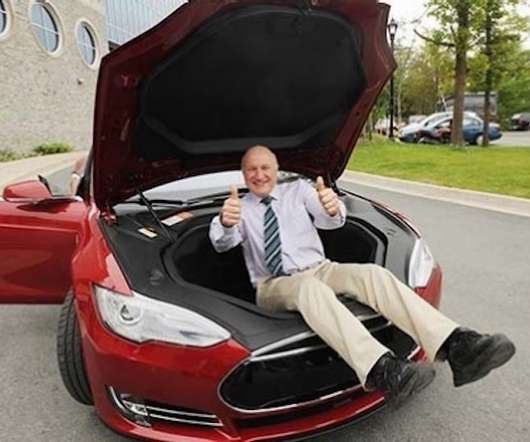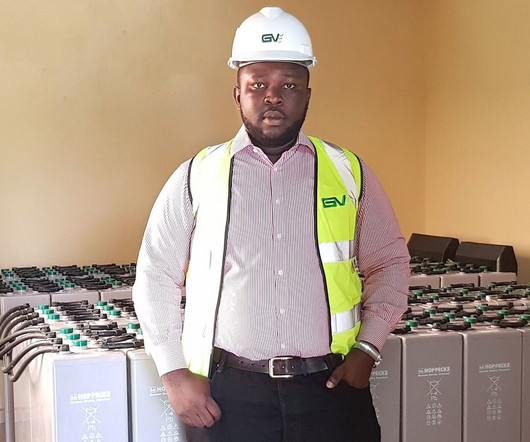Tesla donates $3.1M of $6M grant to Jeff Dahn’s Dalhousie University battery team
Teslarati
JUNE 3, 2021
A team of battery researchers at Canada’s Dalhousie University are the recipients of a $6 million grant from the Natural Sciences and Engineering Research Council (NSERC). Dahn and Tesla have worked together since 2016 when the two signed a five-year partnership to improve energy density and the life cycle of lithium-ion batteries.
















Let's personalize your content